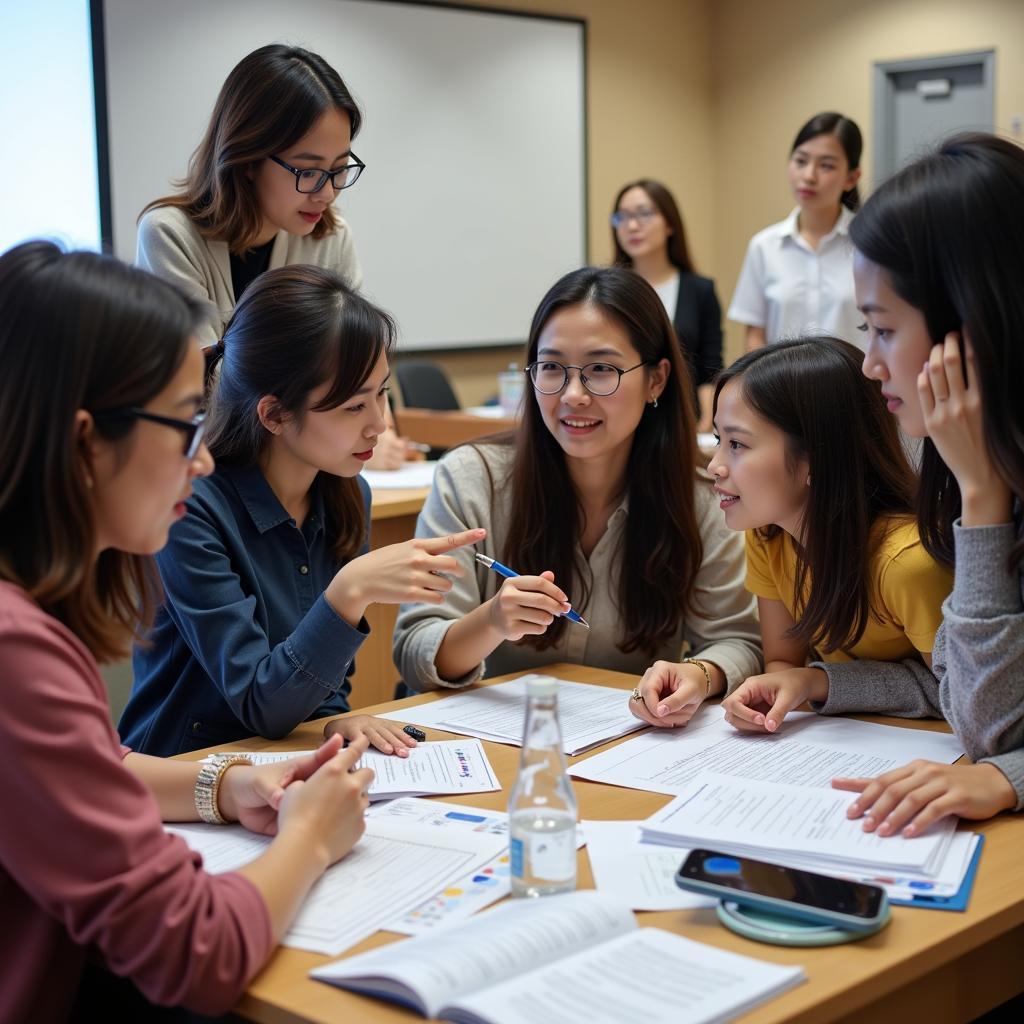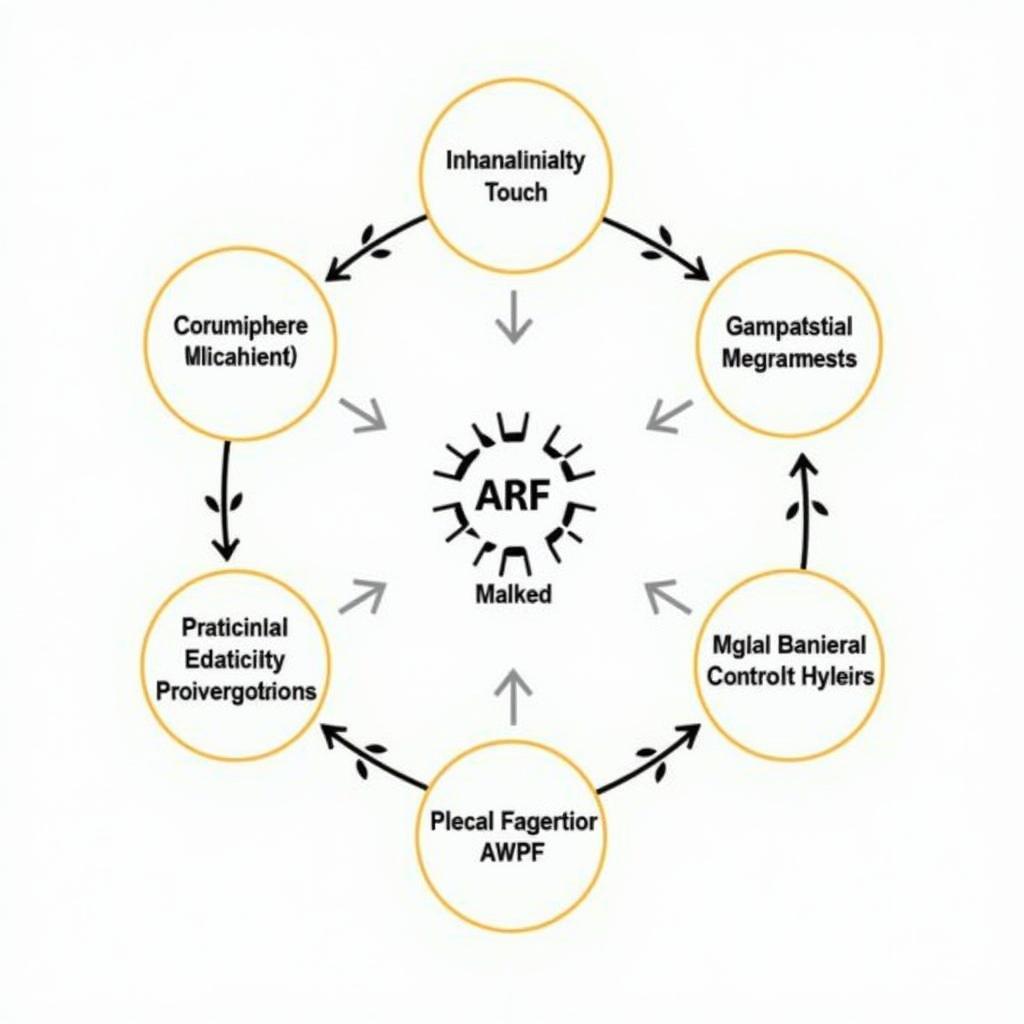The ASEAN guide to primary science education (2011) serves as a valuable resource for educators and policymakers seeking to enhance science education across Southeast Asia. This document provides a framework for developing robust primary science curricula, fostering inquiry-based learning, and promoting scientific literacy among young learners. Let’s delve into its key features, benefits, and how it impacts science education in the region.
Understanding the ASEAN Guide to Primary Science Education (2011)
The 2011 guide represents a collaborative effort among ASEAN member states to establish common standards and best practices in primary science education. It recognizes the crucial role of science in driving sustainable development, promoting critical thinking, and preparing students for the challenges of a rapidly changing world. The guide emphasizes hands-on, inquiry-based learning, encouraging students to explore, experiment, and discover scientific principles through direct experience.
Key Features of the Guide
- Emphasis on Inquiry-Based Learning: The guide champions a student-centered approach, encouraging active participation and discovery through hands-on activities and experiments.
- Focus on Scientific Literacy: It aims to equip students with the necessary skills to understand and interpret scientific information, make informed decisions, and engage in scientific discourse.
- Integration of Local Context: The guide acknowledges the diverse cultural and environmental contexts within ASEAN, encouraging the integration of local knowledge and examples into science lessons.
- Framework for Curriculum Development: It provides a flexible framework that allows individual countries to adapt the guidelines to their specific educational needs and resources.
Why is the 2011 Guide Still Relevant?
While the document was published in 2011, its core principles remain relevant today. Its focus on inquiry-based learning and scientific literacy continues to be a cornerstone of effective science education. The guide’s adaptable framework also allows it to remain valuable even as scientific understanding evolves.
Implementing the ASEAN Guide: Challenges and Opportunities
Implementing the guide’s recommendations effectively requires careful consideration of several factors. Teacher training is crucial to equip educators with the skills and knowledge to implement inquiry-based learning methods successfully. Adequate resources, including science equipment and materials, are also essential to support practical activities and experiments.
Overcoming Challenges in Implementing the Guide
- Limited Resources: Some schools may lack the necessary funding and resources to implement the guide’s recommendations fully. Creative solutions and resource sharing can help address this challenge.
- Teacher Training: Providing adequate professional development opportunities for teachers is essential to ensure they are confident and competent in implementing inquiry-based learning.
- Assessment Methods: Traditional assessment methods may not effectively measure the skills and knowledge developed through inquiry-based learning. Exploring alternative assessment strategies is crucial.
How the Guide Supports ASEAN Community Building
The ASEAN guide to primary science education (2011) plays a significant role in fostering regional collaboration. By promoting shared standards and best practices, the guide helps to bridge educational gaps between member states and strengthens the overall quality of science education across Southeast Asia.
 ASEAN Teachers Participating in a Science Education Workshop
ASEAN Teachers Participating in a Science Education Workshop
Conclusion
The ASEAN guide to primary science education (2011) remains a valuable tool for advancing science education in the region. Its emphasis on inquiry-based learning, scientific literacy, and local context provides a strong foundation for cultivating a future generation of scientifically literate citizens. While challenges remain in implementation, the guide’s adaptable framework and focus on core principles continue to be relevant in shaping science education across Southeast Asia.
FAQ
- What is the main goal of the ASEAN guide to primary science education? (To improve science education in the ASEAN region by promoting inquiry-based learning and scientific literacy.)
- When was the guide published? (2011)
- Who is the target audience for the guide? (Educators, policymakers, and anyone interested in primary science education in ASEAN.)
- Does the guide prescribe a specific curriculum? (No, it provides a flexible framework that can be adapted to different contexts.)
- How does the guide promote ASEAN community building? (By fostering collaboration and sharing of best practices in science education.)
- What are some challenges in implementing the guide? (Limited resources, teacher training, and assessment methods.)
- Where can I find more information about the guide? (Contact us for more information)
For further support, please contact us at Phone Number: 0369020373, Email: [email protected] or visit our address: Thon Ngoc Lien, Hiep Hoa, Bac Giang, Vietnam. We have a 24/7 customer support team.


